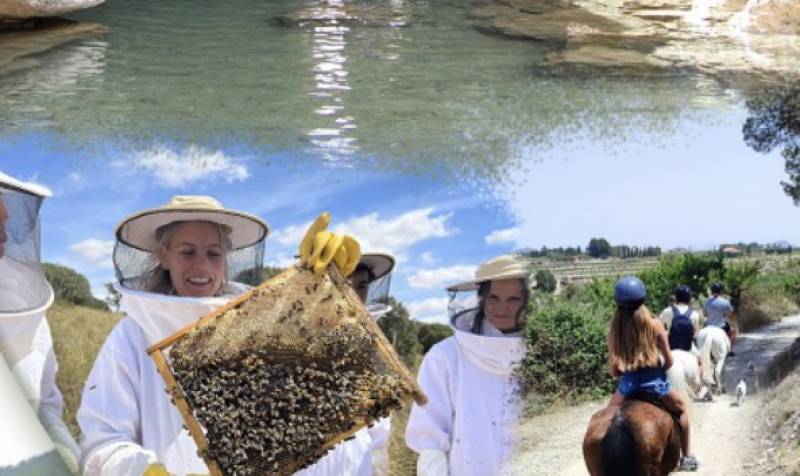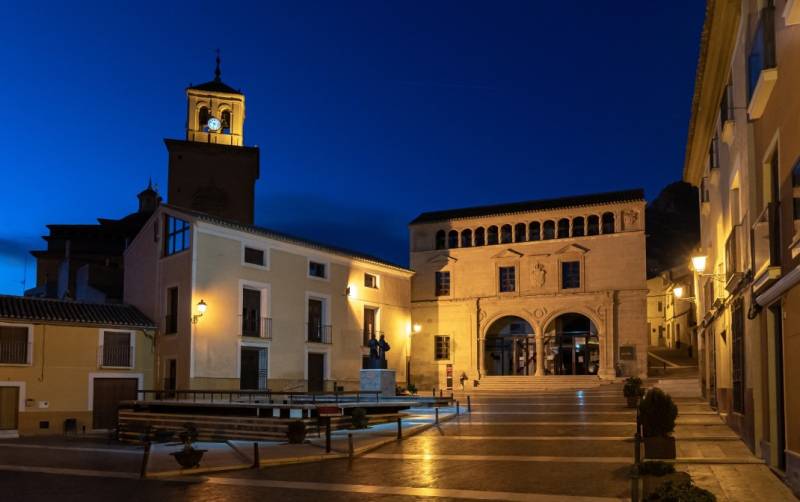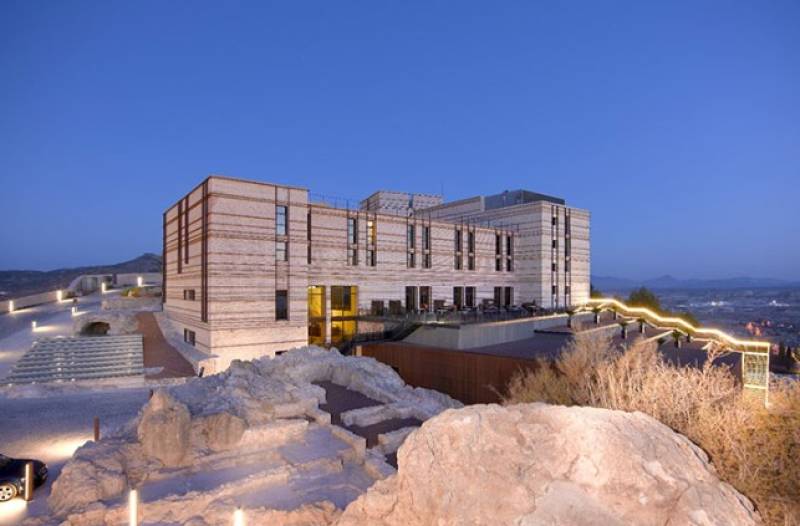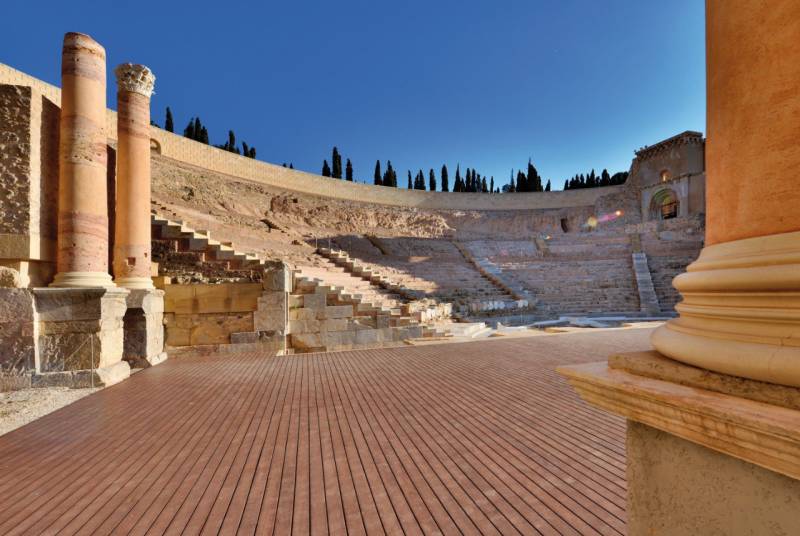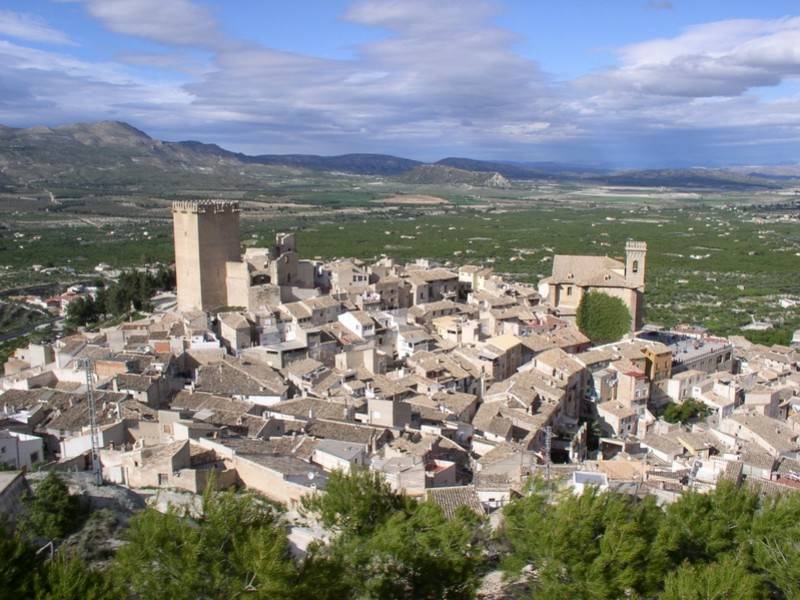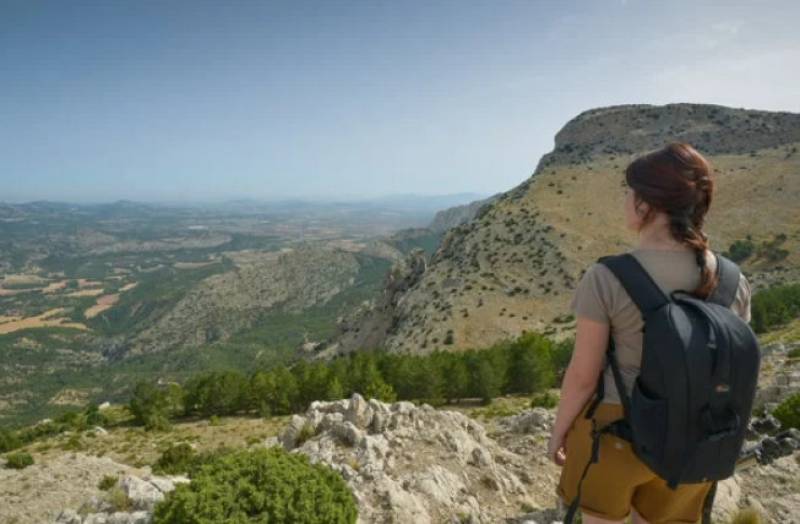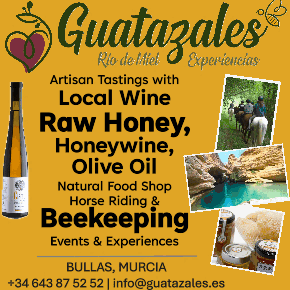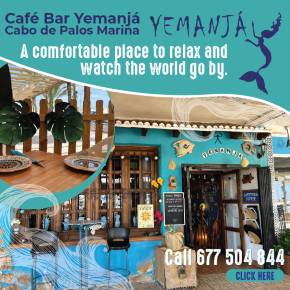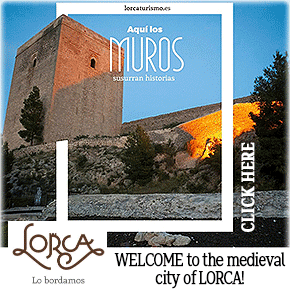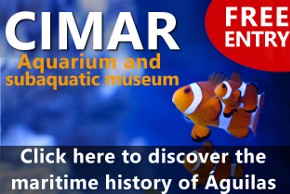

Guidelines for submitting articles to Roda Golf Resort Today
Hello, and thank you for choosing La Torre Today.com to publicise your organisation’s info or event.
Roda Golf Resort Today is a website set up by Murcia Today specifically for residents of the urbanisation in Southwest Murcia, providing news and information on what’s happening in the local area, which is the largest English-speaking expat area in the Region of Murcia.
When submitting text to be included on Roda Golf Resort Today, please abide by the following guidelines so we can upload your article as swiftly as possible:
Send an email to editor@spaintodayonline.com or contact@murciatoday.com
Attach the information in a Word Document or Google Doc
Include all relevant points, including:
Who is the organisation running the event?
Where is it happening?
When?
How much does it cost?
Is it necessary to book beforehand, or can people just show up on the day?
…but try not to exceed 300 words
Also attach a photo to illustrate your article, no more than 100kb

A great car or bike tour of unspoilt coastline and countryside in the east of Aguilas
A rare stretch of undeveloped Mediterranean coastline with a backdrop of spectacular cliffs and mountain scenery
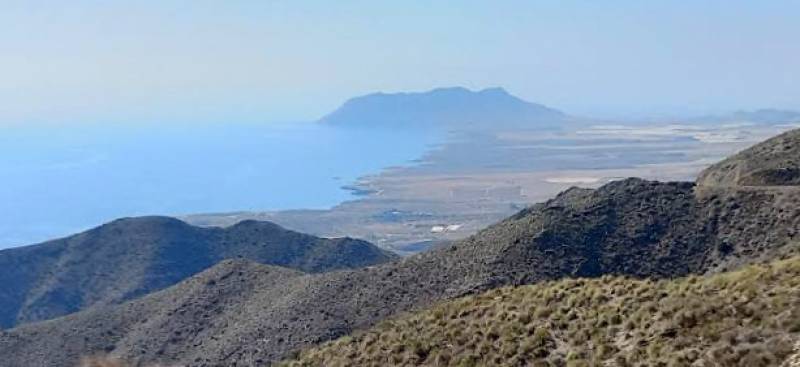 The area of the municipality of Águilas which runs north along the coastline from the imposing headland of Cabo Cope to the boundary with the municipality of Lorca is one which has almost miraculously escaped the attentions of mass property developers over the last 50 years, with regional and national legislation preventing all attempts to capitalize on the glorious coastline and still largely unspoilt countryside.
The area of the municipality of Águilas which runs north along the coastline from the imposing headland of Cabo Cope to the boundary with the municipality of Lorca is one which has almost miraculously escaped the attentions of mass property developers over the last 50 years, with regional and national legislation preventing all attempts to capitalize on the glorious coastline and still largely unspoilt countryside. 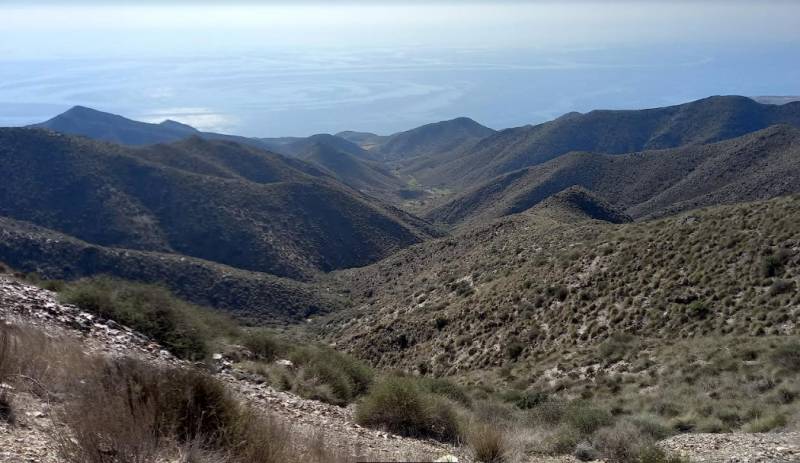 Continue along the RM-332 until turning left (again assuming you are coming from Mazarrón) onto the RM-20, signposted Cabo Cope – this is the road which will lead you up into the mountains and where a stop is thoroughly recommended to take in the breathtaking views over the sea. Warning: this can feel slightly scary on windy days!
Continue along the RM-332 until turning left (again assuming you are coming from Mazarrón) onto the RM-20, signposted Cabo Cope – this is the road which will lead you up into the mountains and where a stop is thoroughly recommended to take in the breathtaking views over the sea. Warning: this can feel slightly scary on windy days!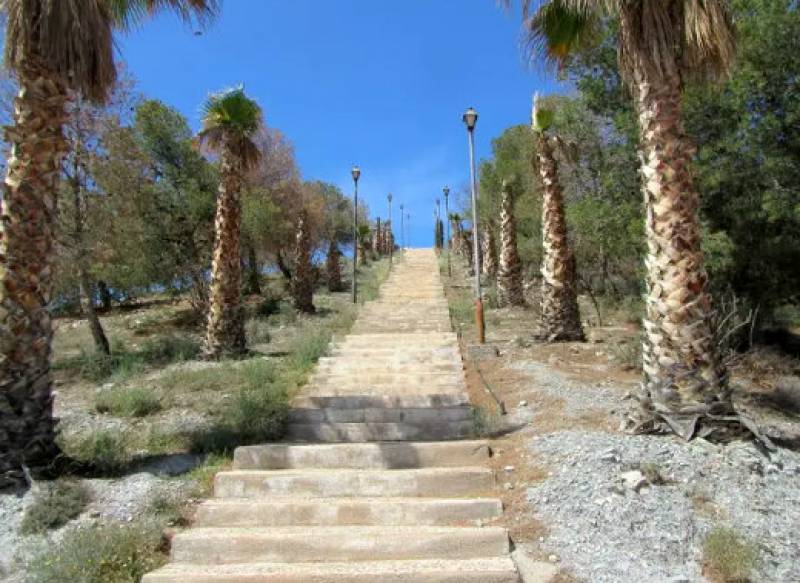 Before reaching the coast, it’s worth stopping at a couple of places of interest along the way. First, park alongside the small church of El Garrobillo and take a look at the “Cabezo de la Cruz”: this is an unusual flight of steps leading up to the top of the hill, where a cross bears the legend “Esta cruz vencerá” (This cross shall triumph). It’s a slightly strange thing to find in the middle of the crop fields, but the church and the Cabezo de la Cruz are the centre of the local fiestas every 8th December, when in honour of the Our Lady of the Immaculate Conception, the locals gather and join in various games and activities, including one known as the “Rama de Tomate”, where a prize is awarded to the person who has grown the best tomato.
Before reaching the coast, it’s worth stopping at a couple of places of interest along the way. First, park alongside the small church of El Garrobillo and take a look at the “Cabezo de la Cruz”: this is an unusual flight of steps leading up to the top of the hill, where a cross bears the legend “Esta cruz vencerá” (This cross shall triumph). It’s a slightly strange thing to find in the middle of the crop fields, but the church and the Cabezo de la Cruz are the centre of the local fiestas every 8th December, when in honour of the Our Lady of the Immaculate Conception, the locals gather and join in various games and activities, including one known as the “Rama de Tomate”, where a prize is awarded to the person who has grown the best tomato.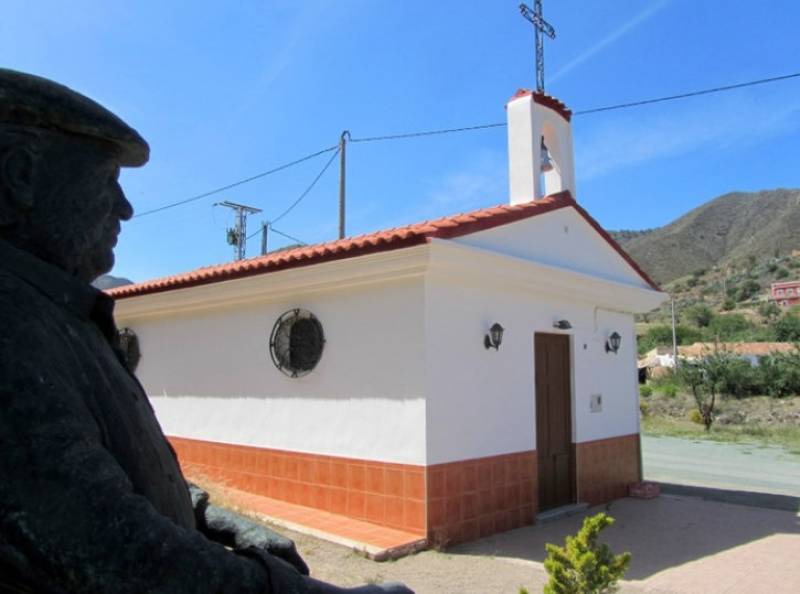 This is because it was the birthplace of actor Paco Rabal, who was born on 8th March 1926 but whose family soon left the Region of Murcia when the Civil War broke out in 1936 and moved to Madrid. He soon became interested in the theatre and went on to become one of Spain’s best-known and best-loved actors, starring in many films including “Los Santos Inocentes”, for which he won the Best Actor award at the 1984 Cannes Film Festival.
This is because it was the birthplace of actor Paco Rabal, who was born on 8th March 1926 but whose family soon left the Region of Murcia when the Civil War broke out in 1936 and moved to Madrid. He soon became interested in the theatre and went on to become one of Spain’s best-known and best-loved actors, starring in many films including “Los Santos Inocentes”, for which he won the Best Actor award at the 1984 Cannes Film Festival.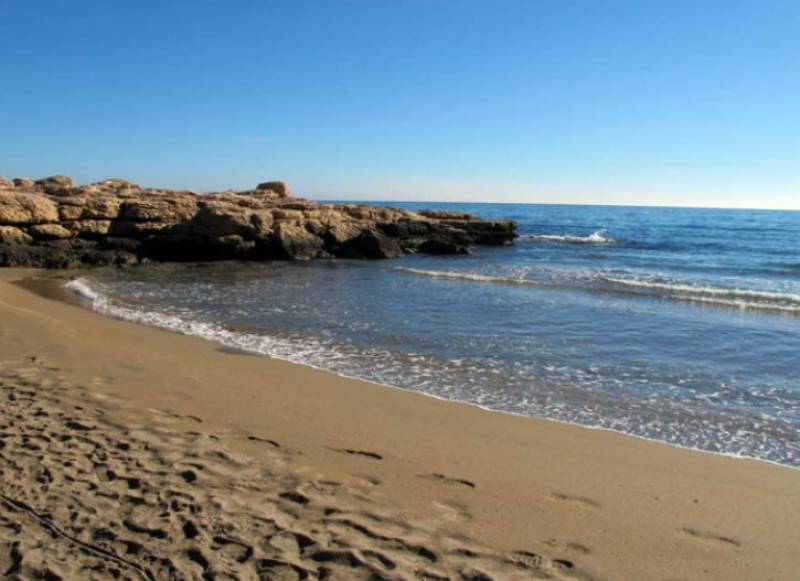 Now, back down to the RM-D14 and on towards Águilas – but not for long! Soon the road veers right at the El Pocico bar and restaurant, where free guided walks along the coastline start every month (the next is on 10th December), and just a couple of hundred metres further on take the left turn onto the RM-D15 towards the coast.
Now, back down to the RM-D14 and on towards Águilas – but not for long! Soon the road veers right at the El Pocico bar and restaurant, where free guided walks along the coastline start every month (the next is on 10th December), and just a couple of hundred metres further on take the left turn onto the RM-D15 towards the coast.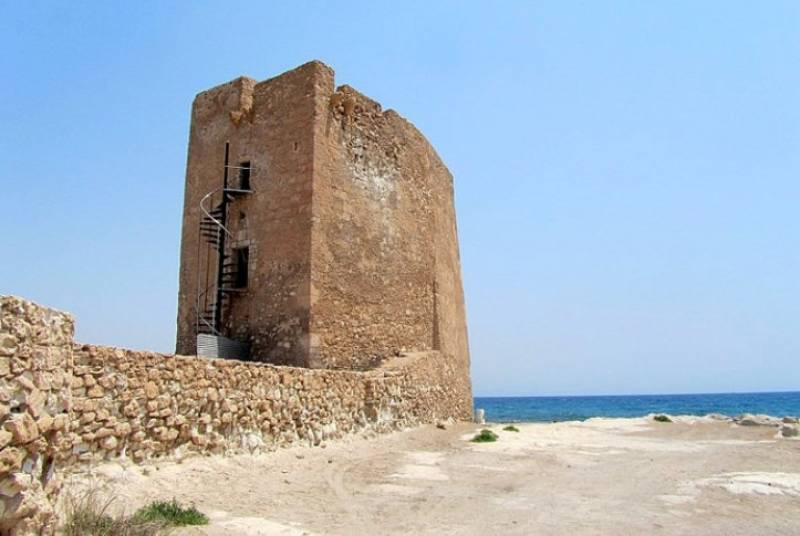 While driving along the coast the majestic headland of Cabo Cope looms nearer and nearer, and its foot is a small watchtower which was built in the 16th century as part of the defences against the Berber raiders from north Africa. Alongside are the remains of a tiny hermitage which also dates from the 16th century.
While driving along the coast the majestic headland of Cabo Cope looms nearer and nearer, and its foot is a small watchtower which was built in the 16th century as part of the defences against the Berber raiders from north Africa. Alongside are the remains of a tiny hermitage which also dates from the 16th century.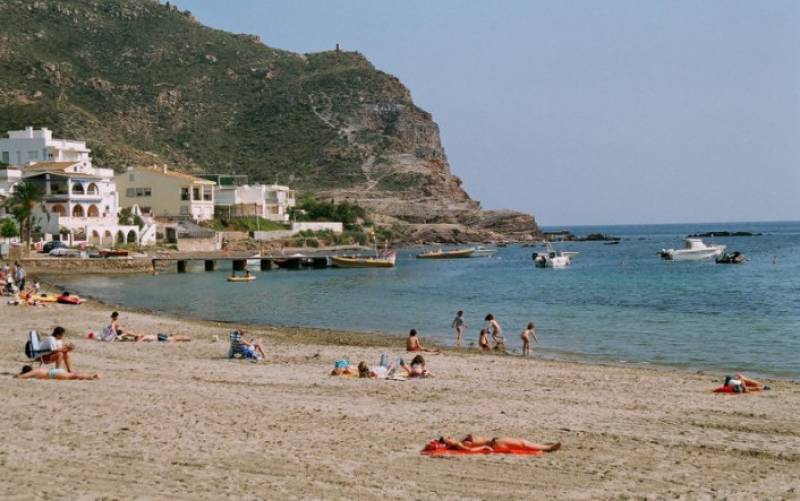 From here follow the road to the village of Calabardina, a lovely little spot which has become very popular with summer tourists and foreign residents in recent years. It is now a thriving community and boasts a beautiful beach and bay in the corner beneath Cabo Cope.
From here follow the road to the village of Calabardina, a lovely little spot which has become very popular with summer tourists and foreign residents in recent years. It is now a thriving community and boasts a beautiful beach and bay in the corner beneath Cabo Cope.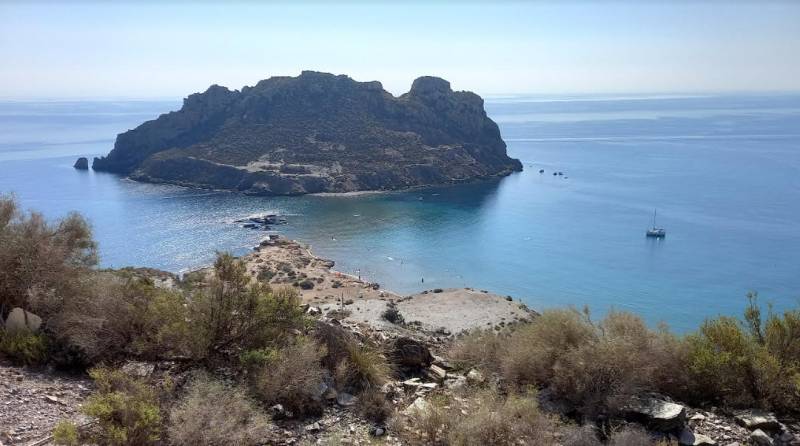 Now we’re nearly in Águilas, although as the road continues to hug the coastline you might enjoy stopping to drive through the Isla del Fraile development to drop down to the Playa Amarilla and the island itself, where recent excavations have revealed a rich historical heritage dating back to the Bronze Age. This is a lovely little beach and a great place to go snorkelling around the island!
Now we’re nearly in Águilas, although as the road continues to hug the coastline you might enjoy stopping to drive through the Isla del Fraile development to drop down to the Playa Amarilla and the island itself, where recent excavations have revealed a rich historical heritage dating back to the Bronze Age. This is a lovely little beach and a great place to go snorkelling around the island!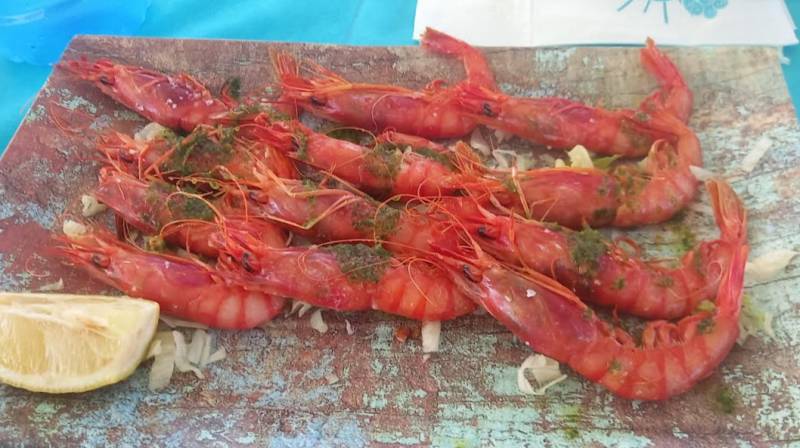 Once in Águilas, though, your first port of call should be the local tourist office for advice on what to see and do before you head home or to your accommodation for the night!
Once in Águilas, though, your first port of call should be the local tourist office for advice on what to see and do before you head home or to your accommodation for the night!For more visiting information, local news and events go to the home page of Águilas Today








